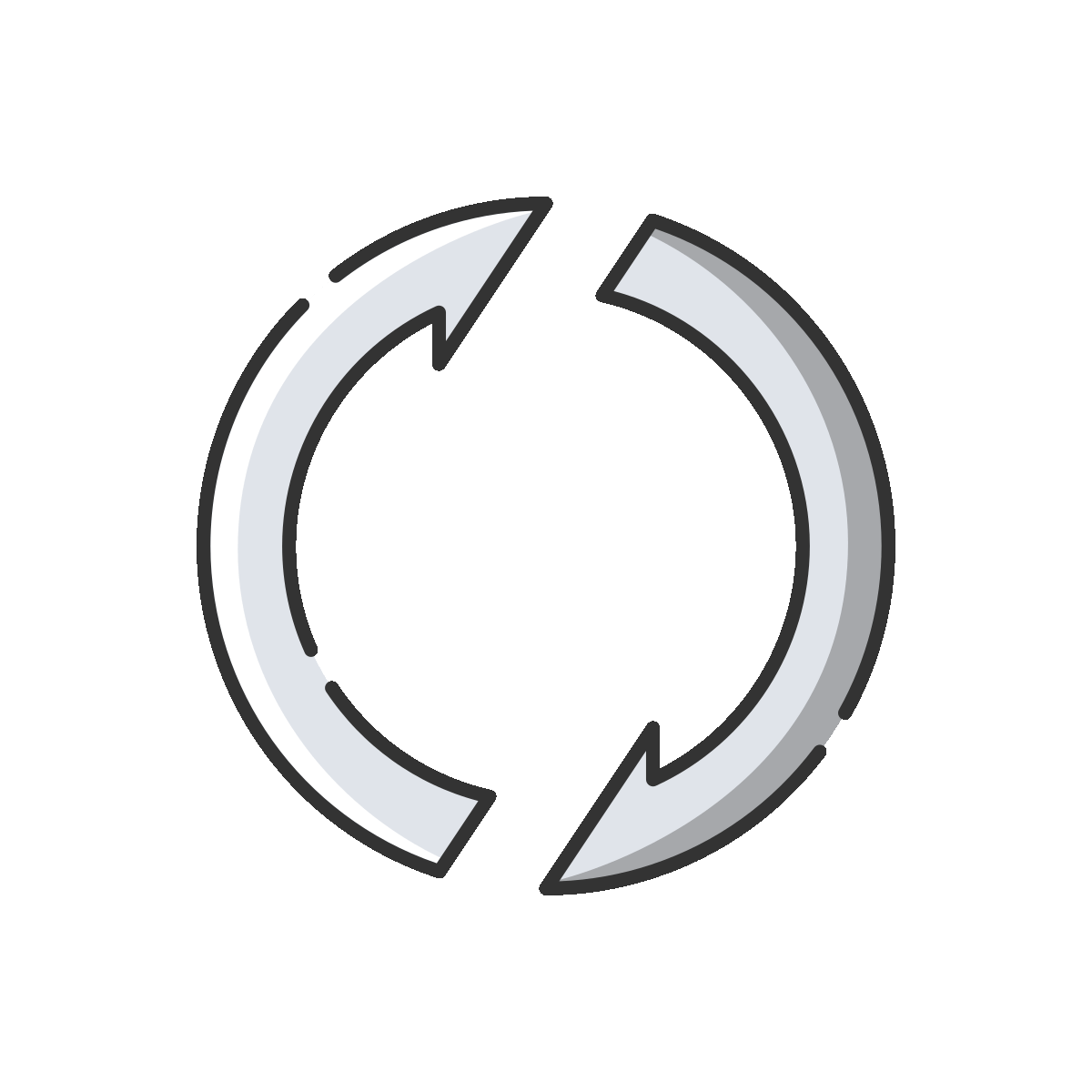Portsmouth, NH, is celebrating clean water and non-detect PFAS levels because of what Senator Jeanne Shaheen calls a “local, state and federal project that again sets a model for the rest of the country.”
The Pease Water Treatment Facility was a collaboration of the community and government, as well as ECT2’s technology, that has achieved impressive results.
A pilot was conducted by Weston & Sampson on behalf of the City of Portsmouth to test ECT2’s SORBIX™ PURE single use IX versus GAC. “The success of that pilot led to the inclusion of resin in the final facility, which together with granular activated carbon filters (GAC) will remove PFAS compounds from the drinking water,” city officials said.
ECT2’s SORBIX PURE single use ion exchange resins provide advantages over other approaches, such as GAC and reverse osmosis filtration, in the removal of PFAS from water. As experienced at the Pease Water Treatment Facility, these synthetic resins, composed of a neutral, hydrophobic backbone, divinylbenzene cross links, and positively charged exchange sites, are essentially adsorbents with ion exchange functionality. The hydrophobic carbon-fluorine tail of a typical PFAS molecule adsorbs to the resin’s hydrophobic backbone and cross links, and the negatively charged head of the PFAS molecule is attracted to the resin’s positively charged ion exchange site. This combination of adsorption and ion exchange produces a PFAS removal capacity that can be as much as 13x more effective in comparison to other technologies. SORBIX PURE is the most efficient technology on the market for removing PFAS compounds, including short chain molecules.
The success of ECT2’s resin media filtration at the Pease Water Treatment Facility now provides safe, reliable drinking water to the community.
Read the full Seacoastonline article here.
###
About ECT2
ECT2, a Montrose Environmental Group company, is a leading provider of novel technologies for removing difficult-to-treat contaminants from water and vapor using a proprietary, cost-effective approach that leverages the properties of synthetic resins to enable efficient analyte removal and on-site regeneration. With successful applications deployed around the world for contaminants including 1,4-Dixone and per-and polyfluoroalkyl substances (“PFAS”) in water, ECT2’s systems have achieved industry-leading uptime and deliver contaminant removal well below specified limits. Due to this advanced technology, ECT2 has been a recognized PFAS treatment leader since 2017. For more information, visit www.www.ect2.com.
About PFAS
PFAS are man-made chemicals that have been used in industrial and consumer products worldwide since the 1950s. Product applications featuring PFAS range from cookware, food packaging, and personal care products to industrial uses such as semiconductor coatings, firefighting aqueous film-forming foam, metal plating, and more. PFAS have been a growing public health concern, according to the CDC, because they do not break down in the environment, can move through soils and contaminate drinking water sources, and can build up (bioaccumulate) in fish and wildlife. According to the CDC, scientific studies have shown that exposure to some PFAS in the environment may be linked to harmful health effects in humans, including adversely affecting growth, learning and behavior in infants and children; lowering a woman’s chance of getting pregnant; interfering with the body’s natural hormones; increasing cholesterol levels; affecting the immune system; and increasing the risk for some cancers. For more information on health risks related to PFAS, please visit www.epa.gov/pfas.
